
Further details unveiled in relation to the Berlin murder case
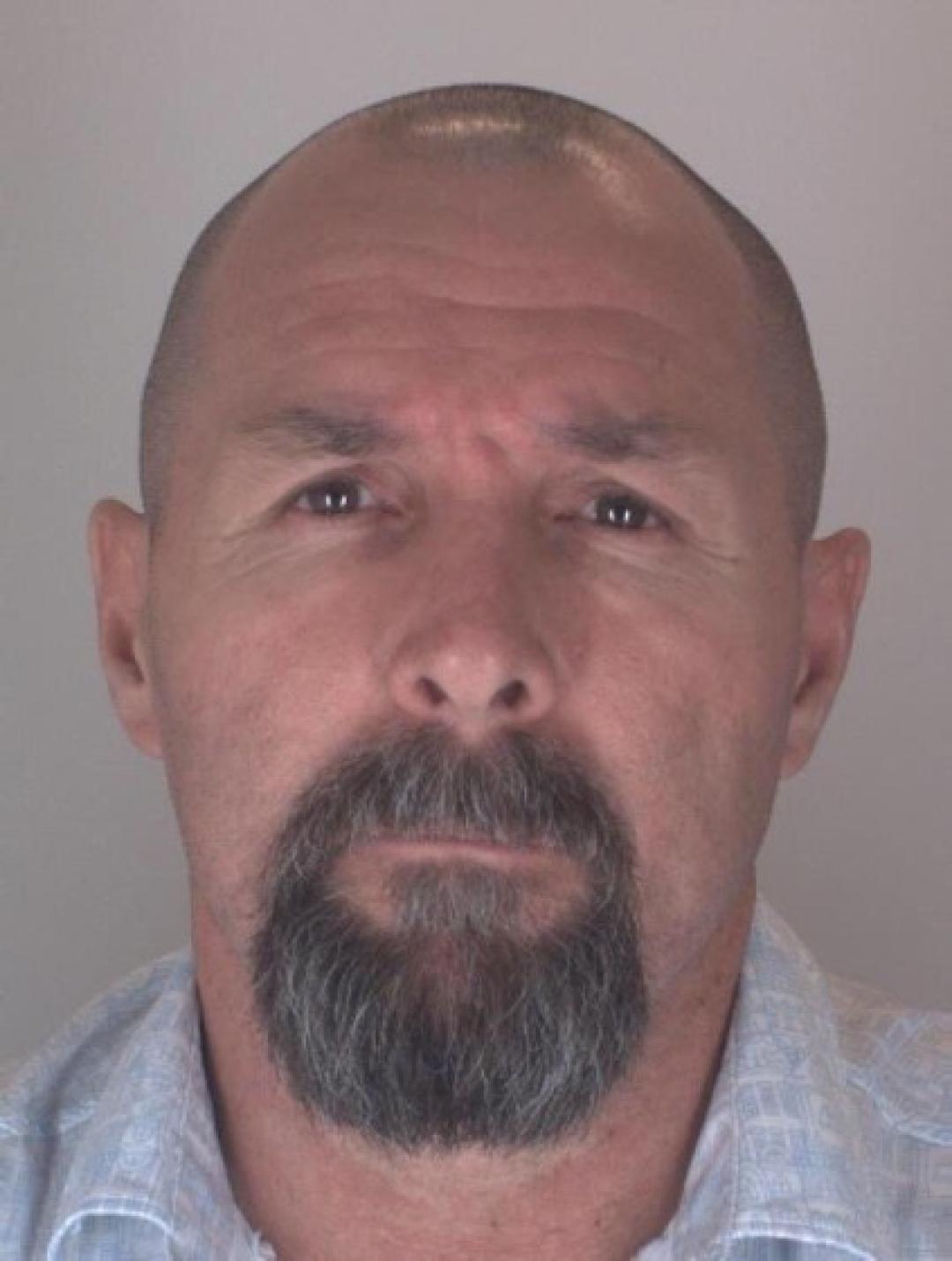
Further details in relation to Zelimkhan Khangoshvili’s murder (Caucasus Watch reported) have been unveiled. However, the suspect’s identity and means how he came to Germany remain shrouded in mystery.
The British investigative journalism website Bellingcat in cooperation with the German newspaper Der Spiegel and the Russian Insider conducted an investigation in order to trace the origins of the suspect. They established that the assassin travelled to Berlin via France under a validly issued, non-biometric Russian passport in the name of Vadim Andreevich Sokolov, born in August 1970. The interesting finding is that no such person exists in Russia’s sprawling, comprehensive national citizen database.
According to the investigative article, the suspect applied for an express visa at the French consulate in Moscow on 29 July 2019 – just 11 days after he received his non-biometric passport. He requested a multi-entry, 6-month visa, that would provide him with unlimited re-entry access to any of the 26 countries of the Schengen area. He also indicated that his planned date of travel is 30 July 2019 – which was literally the day after his visa application date. In addition, he indicated that he planned to stay in France for the maximum permitted 90-day period during his six-month visa – stating that he plans to travel in and out of France until on 25 January 2020.
The suspect listed that the place of his residence was “Alpiyskaya Street 37” in Saint Petersburg, which does not exist. He also listed his occupation as “senior company employee”, with the company not being specified in the documents which were investigated. The suspect listed the name of the mid-range Practic hotel in Paris as his contact location. The investigative team also found that a person with this name and birth date has not travelled to any European destination in the past 6 years, nor had they previously obtained visas to any Schengen countries.
The investigative team thinks that there are only two plausible explanations on how Sokolov arrived in France with his ghost identity, either her was known to border officials as an undercover operative and they were instructed to let him proceed; or at the time of the trip – on 31 July 2019 – Sokolov was still in the Russian Passport database.
Another unusual irregularity is the suspect’s physical appearance. Sokolov is described as 176 cm tall and weighing 86 kg with three tattoos: a crown and a panther on his upper left arm, and a snake on the lower right arm. The tattoos on his body undermine the dominant theory of him being an operative of the Russian security service, as the service does not permit their staff officers to wear bodily decorations. The investigation suspects that Sokolov might had been a former convict who was co-opted by one of the Russian secret services.
The investigation also suspects three possible sources who might have ordered Sokolov to murder Khangoshvili, namely the Russian Federal Security Service (FSB), the Main Directorate of the General Staff of the Armed Forces of the Russian Federation (GRU), or the Chechen leader Ramzan Kadyrov’s own security apparatus. All three sides would have had their motives for giving the order. Due to Khangoshvili’s involvement in the Russo-Chechen war, and listed as a “Islamic threat” by the Russian authorities, he would have been in the cross-hairs of the FSB capture or kill list. Khangoshvili’s involvement in the war and support for militants in Dagestan at the turn of the century, as well as his involvement in the Russian-Georgian war, would have made him a revenge-assassination target for the GRU. Finally, his Chechen background, and the fact that he sided with Aslan Mashadov, the former Chechen President assassinated in 2005, during the Chechen war, made him an enemy in Kadyrov’s eyes.
See Also

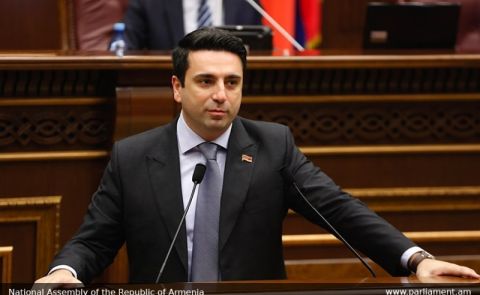
Simonyan: “Armenia Should Trade with Turkey and Azerbaijan Instead of Closing Borders”
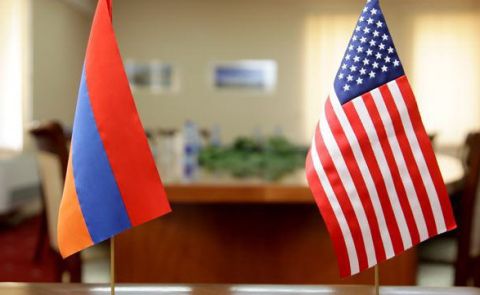
Mirzoyan Meets US Deputy Assistant Secretary Joshua Huck
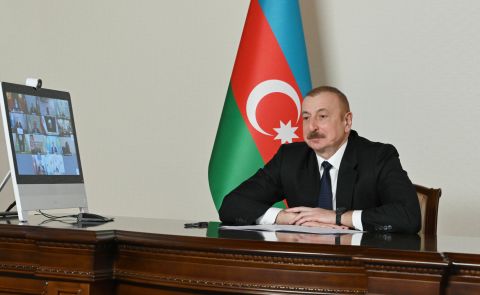
Azerbaijani President Holds Talks with UAE and German Business Delegations on Economic Cooperation
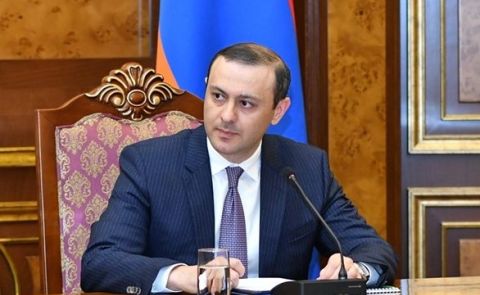
Grigoryan Confirms Armenia’s Readiness to Dissolve OSCE Minsk Group Upon Peace Treaty Signing

